Secrets of Successful Tourism YouTube Channels: 3 Subscriber Growth Tips
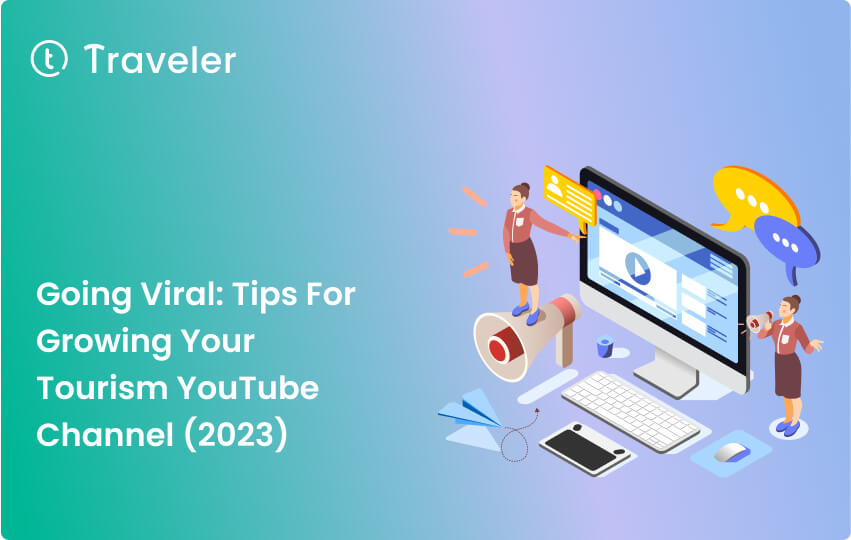
In the very competitive world of YouTube, it can be hard to get more people to subscribe to your tourism channel. But if you use the right strategies and tactics, you can get more viewers, get them more involved, and grow your channel’s success.
In this guide, we’ll look at some good ways to make your tourism YouTube channels more appealing to people who want to subscribe. We’ll give you actionable tips and insights that can help you take your channel to the next level, like how to make high-quality content that resonates with your target audience and how to optimize your videos for the most views.
This guide will help you find the keys to success on YouTube and reach your goals, whether you’re just starting out or already have a channel.
Let’s get started!
Tips for creating engaging and informative videos
Use high-quality video and audio equipment
To make sure your video project is up to par, you need to use high-quality audio and video equipment.
Even though the quality of the video is important, it’s also important to think about the audio. To get high-quality audio consistently, it’s important to choose the right audio and video equipment.
Even if your video footage looks great, bad audio quality and noise in the background can easily ruin the whole thing.
Showcase the unique features and experiences of your destination
Imagine stepping foot for the first time in your dream place. What does it feel like? What do you hear, smell, and see? By giving people a guided tour of your attraction, you can give them a taste of what it’s like to visit.
Customers may find it hard to figure out their travel plans, but you can help them out by giving them a sneak peek of what it’s like to visit your attraction in person.
With just a camera, a willing cameraman, and a gyroscope stabilizer, you can take your viewers on a journey through the heart and soul of your destination.
Take this video as an example of a way to tell a story visually. Lost LeBlanc talks about Bali in his video. And the place in the video below is a well-known place in Bali where people go to get clean.
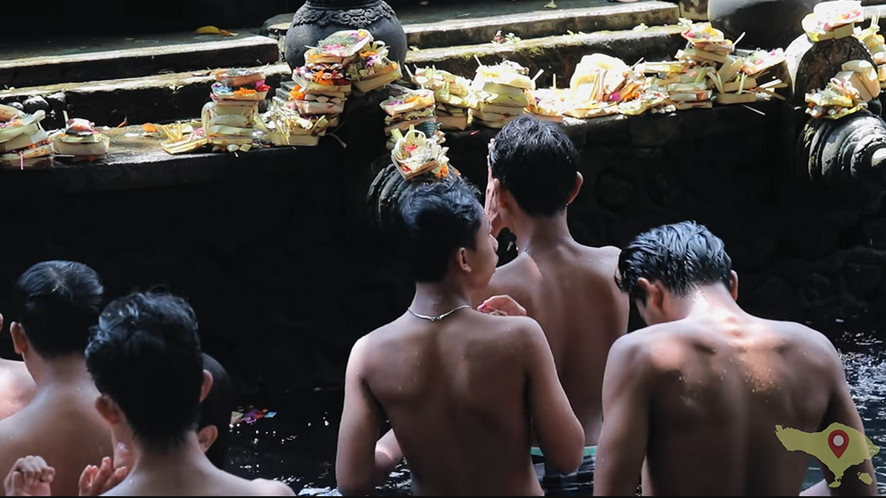
Also, telling a story can help you capture the essence of a place. You can connect the different aspects and experiences of a place, taking your audience through its rich history, culture, and traditions. And don’t forget to include locals in your video to give it a real feel and a personal touch.
What’s the best? A beautiful and informative walk-through video doesn’t have to cost a lot of money to make. You can save money on production costs if you rely on the location itself to draw people in.
Utilize storytelling and compelling visuals to capture the viewer's attention
Visual storytelling is a powerful tool that can help your destination stand out in the crowded world of tourism. Traditional photos and videos have always been used to promote places, but some brands and places around the world are taking it to the next level.
They show what makes their location special, talk about their corporate social responsibility, and tell untold stories that give their content more depth and meaning.
As a marketer, it’s important to look deeper and ask:
- What’s the bigger picture behind where you want to go?
- Does tourism affect conservation efforts, help rebuild communities after disasters, or create jobs and opportunities for the local economy?
- Does it help keep the culture, traditions, and language of the community alive?
These are the stories that make people feel something and make them want to go. Once you know the story, it’s time to bring it to life with visual storytelling. This can include videos, pictures, virtual reality experiences, and real-time interviews that show how tourism affects your destination.
By telling these stories, you can connect with potential visitors in a more real and meaningful way. You can show how complex and varied your destination is, which will make people want to go there and see it for themselves. So don’t be afraid to explore the untapped potential of visual storytelling in your travel and destination content strategy.
The same as Jakobmihailo’s video. “Why I Traveled the World This Year” is a story about why he went there.
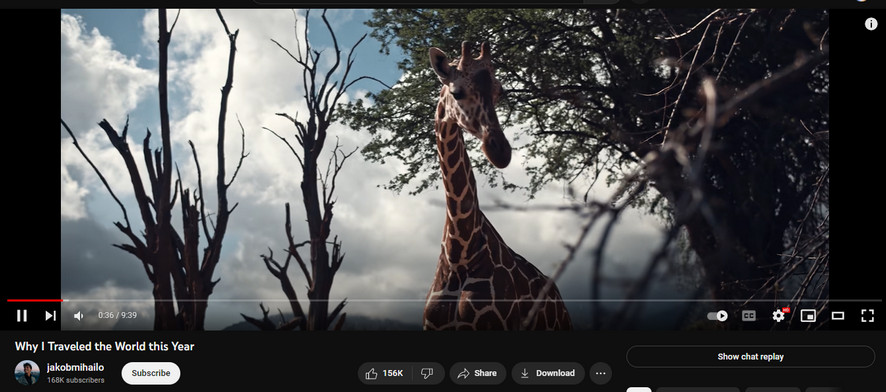
Keep the videos concise and to the point, focusing on a specific topic
To win over people who like to travel, you need to avoid boring things and keep them interested. Nothing kills the excitement like a long video, which is where a lot of travel agencies go wrong. Keep it short and sweet if you want to keep people glued to their screens.
Don’t give a speech that goes on and on for ten minutes. Instead, try to keep it to three minutes or less. Also, while you’re traveling, you should take a lot of short clips that are three to ten seconds long. Then, it’s easy to put them all together into a one-minute video that will get people’s attention.
Remember that a short video that gets to the point will get you far. Start small, get people interested, and then go for longer videos.
Mark Harrison is a great example of how this plan works. He started out with one-minute videos on his YouTube channel, but now he is a well-known travel vlogger who posts fifteen-minute videos. But to get loyal fans, you must first get followers, and the best way to do that is with short, interesting videos.
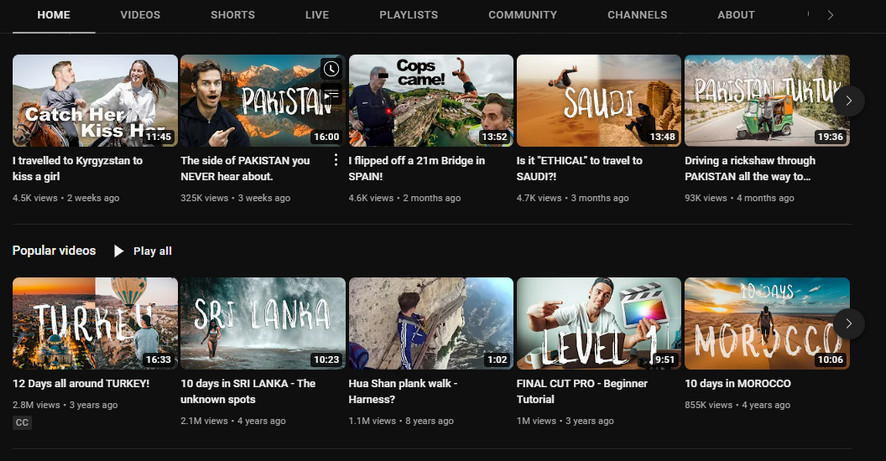
Best practices for optimizing your YouTube channel
Use keywords and tags to make your videos easier to discover
Using the right keywords and tags is important if you want people to be able to find your travel videos online. Here are some tips for making good use of keywords and tags:
Do research on keywords and tags. Before you start tagging your video, find out which keywords and tags are most often used in your niche. Look at the keywords and tags used by successful travel vloggers, travel agencies, and influencers in your niche, or use the search function on YouTube and Google.
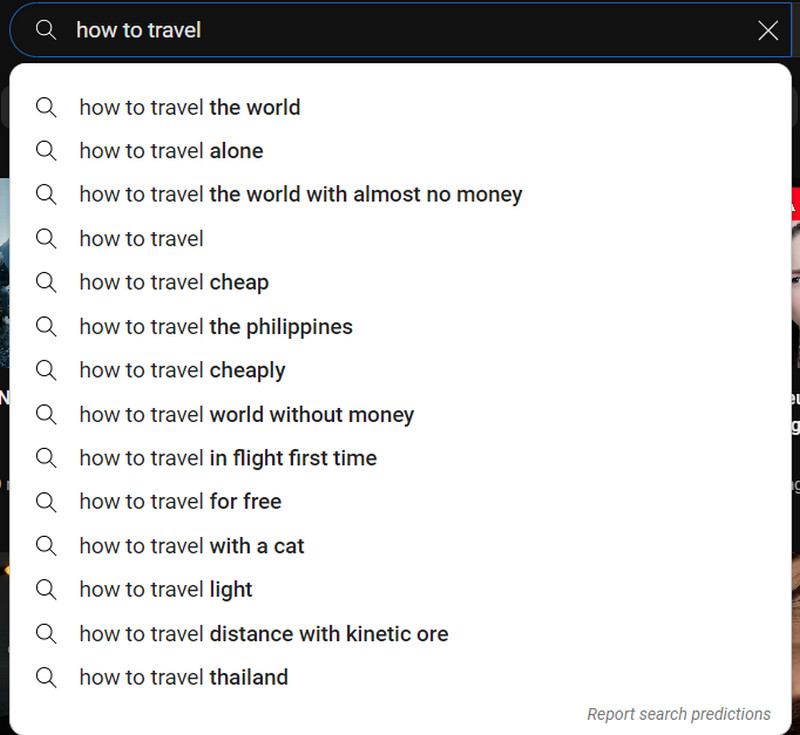
Be specific: Use specific and relevant keywords and tags that describe the content of your video. For example, if your video is about a destination in Paris, use tags like “Paris,” “France,” “Eiffel Tower,” and “Louvre Museum.”
Use variations: Use variations of your main keywords and tags to ensure that your video reaches a wider audience. For example, if your video is about hiking in the mountains, use tags like “hiking,” “mountains,” “outdoor activities,” and “adventure travel.”
Create consistent and professional branding for your channel
Traveler has expertise in branding, and we can help you define your brand through a few key elements. Start by asking yourself important questions such as who you are as a travel company, what makes you different from your competitors, your mission statement, values, and your target audience.
Once you have those answers, focus on the three B’s:
- Brand
- Branding
- Brand identiy
Your brand is how people think of your company, and branding is the process of making a brand that stands out and is unique.
And brand identity is the name for the creative parts of your brand, like your website, logo, and social media, that show your audience what your brand stands for, what its message is, and why it exists.
To master these branding elements, you need to build a strong brand identity. This includes your brand’s color palette, typography, logo, voice, images, and personality. Also, it’s important to keep your brand consistent by making a style guide for your brand.
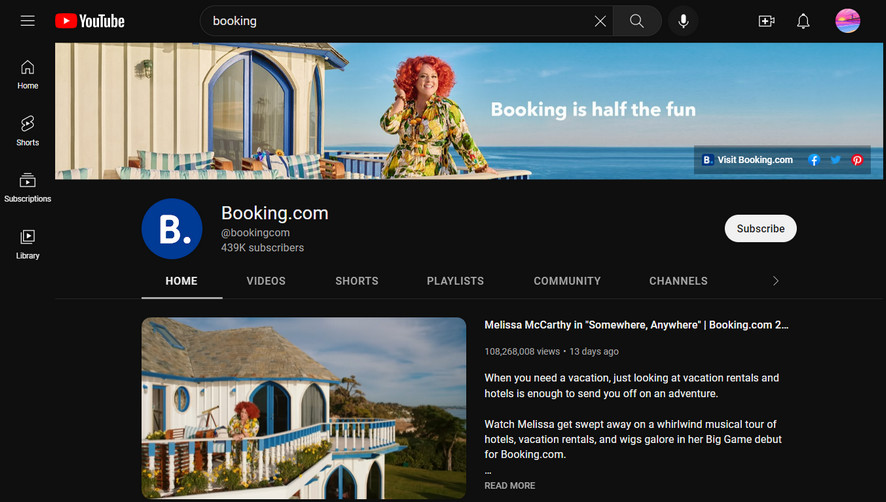
By creating a strong brand identity, you’ll increase your chances of success on YouTube, and for the long run, you will see how these elements come into play when developing your YouTube brand.
Use captions and closed captions to make your videos accessible to a wider audience
Adding captions and closed captions to your travel videos is a great way to make them available to more people, especially those who are deaf or hard of hearing. It also helps make a bigger group of people more interested.
There are two kinds of captions: ones that are closed and ones that are open. Closed captions are a separate file that the viewer can turn on or off, while open captions are always there.
For example, if you watch a YouTube video with open captions, you will always see the captions, even if you don’t turn them on.
On the other hand, viewers can choose whether or not to see the text when there are closed captions.
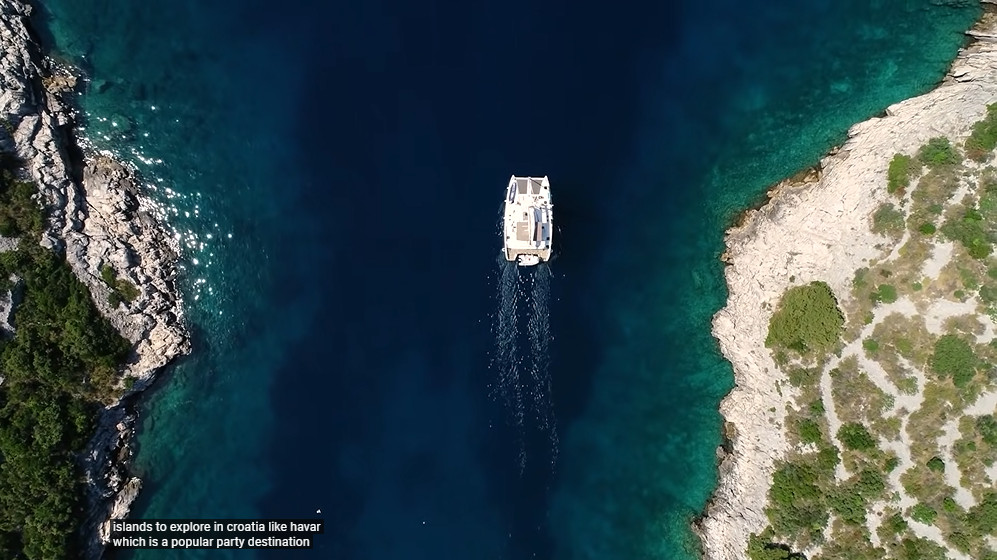
Utilize YouTube's analytics to understand your audience and track the performance of your videos
YouTube gives you powerful analytics tools that let you track how well your travel videos do and learn more about your viewers.
Sign in to your YouTube account and go to the Creator Studio to start. From there, you can click on the Analytics tab to get to the different data reports.
The Watch Time report is one of the most important ones because it shows how long people spend watching your videos. This can tell you which videos are the most interesting and which ones could use some work. You can also use this report to find patterns in how people watch videos, like which ones are most likely to be watched all the way through.
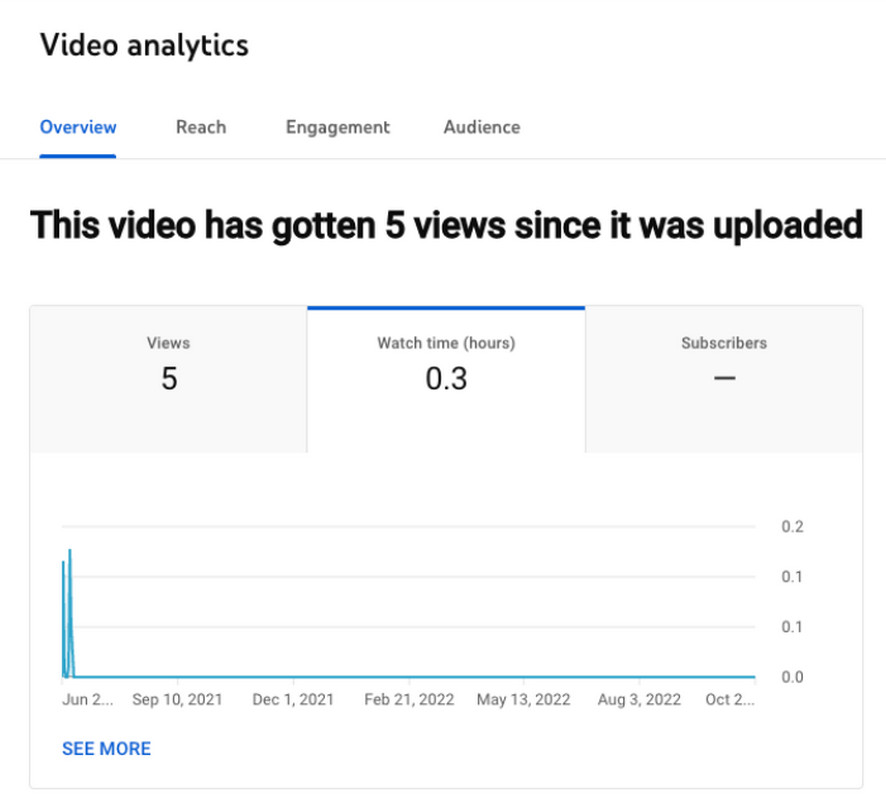
Another helpful report is the Demographics report, which provides information about your audience’s age, gender, and location. This information can help you tailor your content to your target audience and make informed decisions about which topics to cover in your travel videos.

Furthermore, you can also use the Traffic Sources report to see where your viewers are coming from, such as search engines, social media, or other YouTube channels.
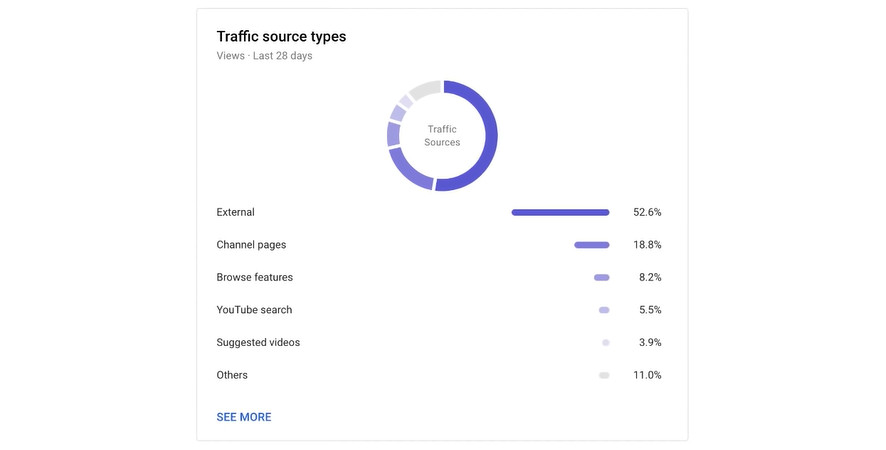
By doing this regularly, you can gain valuable insights into your audience and improve your travel videos to better meet their needs.
Besides, don’t forget to thank your viewers for their support and encourage them to subscribe to your channel, so they don’t miss any of your new content.
Strategies for promoting your YouTube channel
Strategies for promoting your YouTube channel
Travel brands are turning more and more to relatable stories from real people to get people interested and keep them loyal to the brand. One way they do this is by working with travel creators whose audiences are very interested, such as bloggers, photographers, and video makers.
In fact, 84% of the people who follow travel influencers have asked these creators for trip ideas.
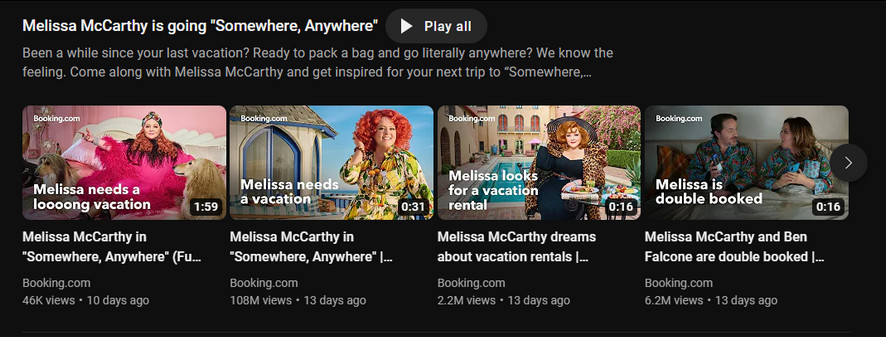
As you can see, creators are a good fit for travel brands because they are flexible and can cut costs and planning by a lot.
But most importantly, they are real people who give a fresh look at a world that has been locked down in different ways for over a year. They can reach consumers in ways that brands can’t by showing them what it’s like to travel, what’s safe, what’s changed, and what’s going on in the world.
Creators and travel brands can work together in different ways, such as through product placements or promotions. As part of an exclusive partnership with your travel brand, creators can also make content that is unique to your brand. As part of a long-term partnership, travel agencies can work with creators to make content and activities that promote their brand.
Utilize social media and other online platforms to share your videos and channel
When it comes to sharing your travel videos, and channel, social media and online platforms are your best bet. To start, choose one or two social media channels to focus on – you can always add more later as you build up your library of material.
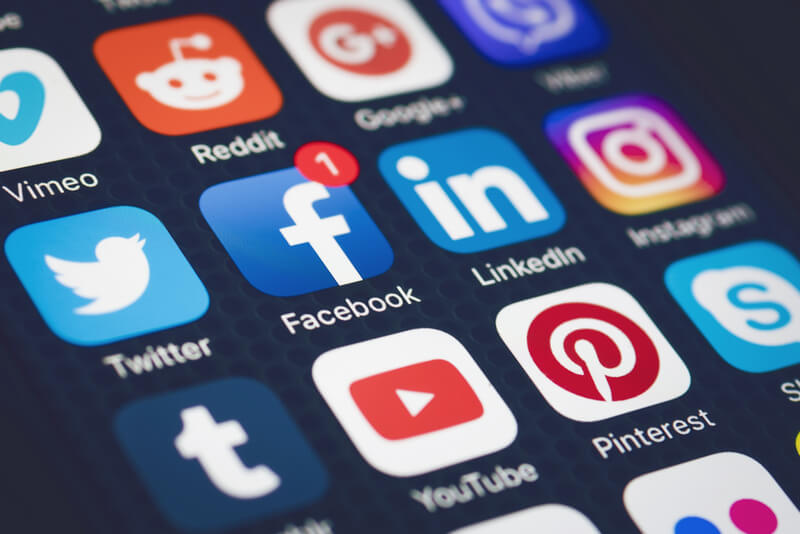
There are two ways to decide which social media will be your main one:
You can choose the channel you know best. If you’re a Pinterest pro or a member of a lot of travel groups on Facebook, you’ll already know what kind of content those groups like.
When you work in a place where you feel at ease, you’ll feel more confident and find it easier to learn.
Next, think about your ideal customer and pick a social media channel that makes sense for them. If you know more about your audience, it will be easier to find them online. The social media you choose should also make sense for the kind of travel experience you’re selling.
Consider running YouTube Ads to target specific demographics and locations
When it comes to putting your YouTube ads in front of the right people, your tour operator has many options. You can decide how and where your ads are shown, as well as who sees them. Here are some groups you can try to reach:
- Gender: Do more men, women, or both buy from you? Try going after both of them from different directions to find out what works best.
- Age: Is most of your audience in their 20s or older? Use language and references that will appeal to people of the age range you’re writing for.
If you sell to parents or children, you might want to put ads on videos that parents watch. - Household income: Whether you sell expensive or cheap items, income targeting can help you reach the right people.
- Place: Put your ads in the right places. For example, a New York hotel chain should show ads to people who live in that area.
Besides, if you’re unsure about your target audience’s demographics, research your current client base. Then, it’s time for your travel agency to find out what they like, how old they are, where they live, and more to make a good profile of your target audience.
Final thoughts
It takes time and work to make a successful tourism YouTube channel, but the rewards can be big. If you follow these tips and best practices, you’ll have a better chance of getting more people to subscribe to your channel and keeping their attention.
Just remember to focus on making high-quality content, optimizing your videos for search, interacting with your audience, and promoting your channel through social media and other marketing channels.
We hope that these tips will help you build a successful YouTube channel for tourism.
Also, don’t be afraid to contact us if you have any questions or need more help. We’d love to hear about your experience and do whatever we can to help you. Thanks for reading, and have fun on YouTube!
